From Nabokov to Miffy: Liu Ye on his cultural references
Artist Liu Ye tells us what inspires him, as his exhibition ‘Naive and Sentimental Painting’ is on show in London
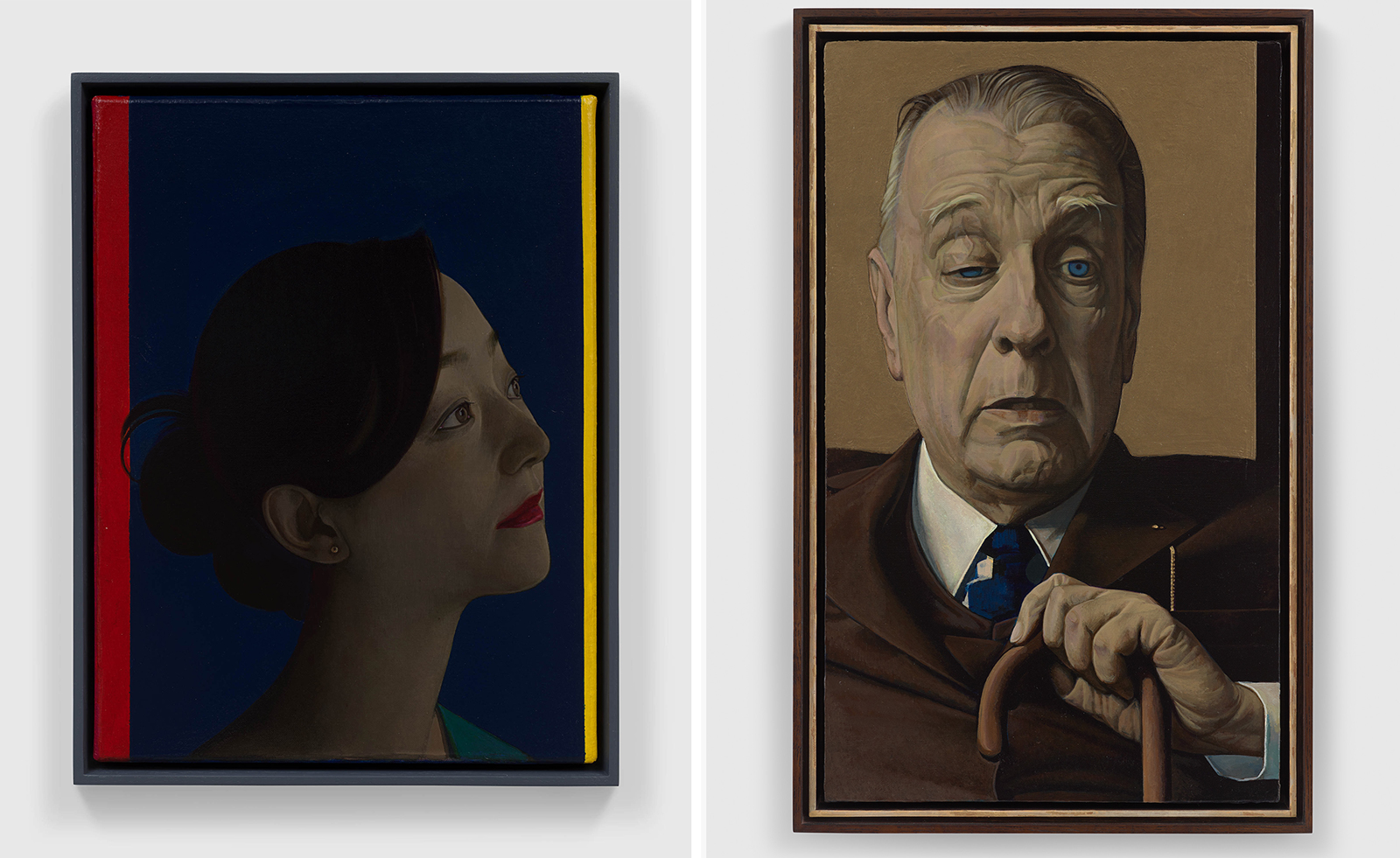
Liu Ye draws on a rich collection of literary references in ‘Naive and Sentimental Painting’, his exhibition currently on show at London’s David Zwirner gallery. The title, which references John Adams’ 1999 symphony Naive and Sentimental Music, offers a clue as to the cultural breadth spanned within.
The exhibition – marking the first time Ye’s work has been seen in London since 2002 – pays tribute to the movements and characters that have shaped his aesthetic. Authors and figures including Vladimir Nabokov, Hans Christian Andersen and William Shakespeare are portrayed here, alongside modern Chinese figures such as actress Ruan Lingyu and writer Eileen Chang. The paintings, rife with historical references and intertwining European and Chinese influences, cast an intimate, atmospheric tone. Here, Liu Ye tells us what inspired him in the creation.
Liu Ye on ‘Naive and Sentimental Painting’
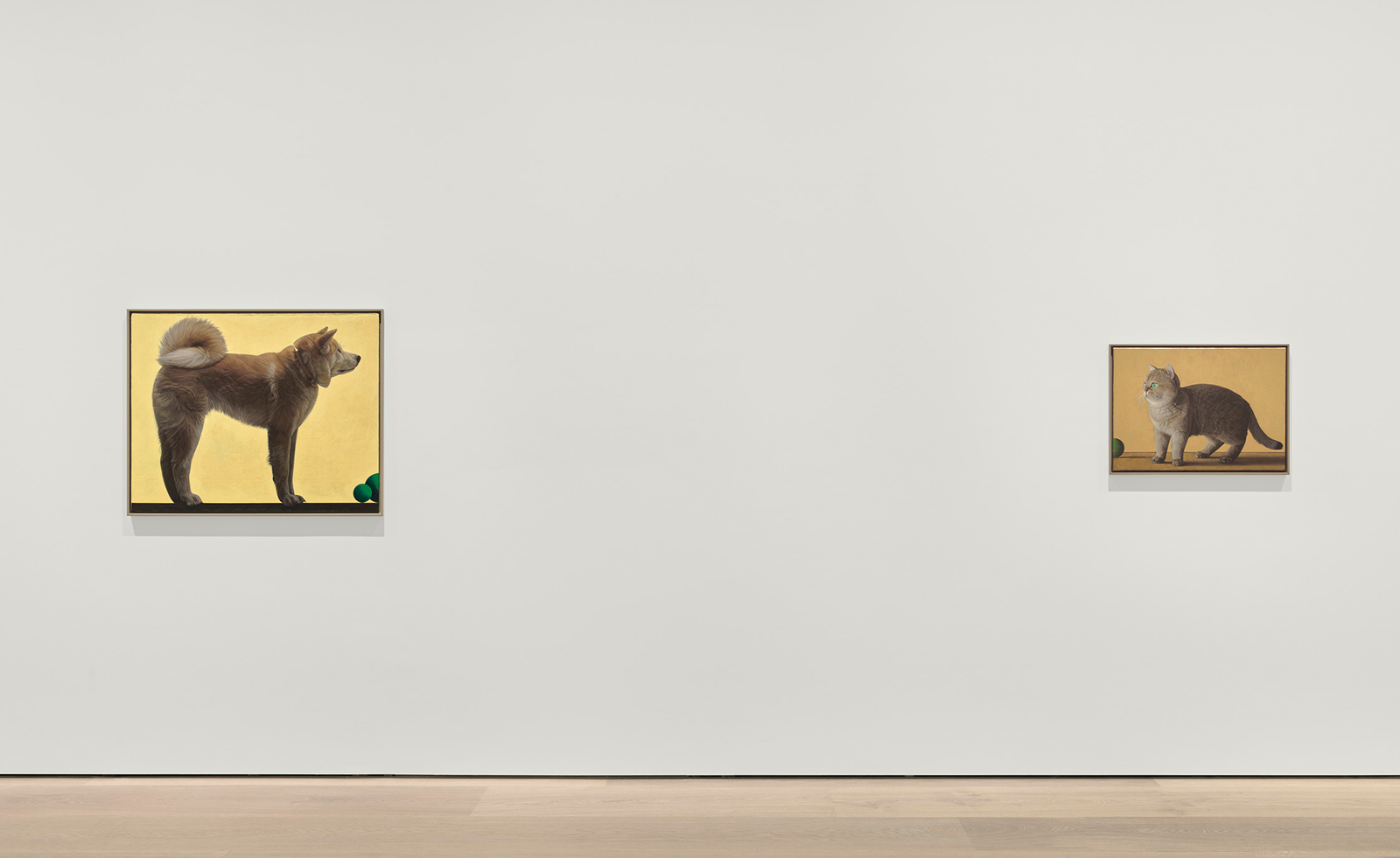
Installation views, Liu Ye, ‘Naive and Sentimental Painting’, David Zwirner, London
Wallpaper*: You have frequently celebrated contrasts in your work, from Western culture versus Asian culture, to realism versus fairytales. How have you built on your past work and themes in this new exhibition of portraiture?
Liu Ye: My father was a children’s book author, and thanks to his influence, I delved into numerous fairytales during my childhood, with a particular emphasis on the works of Hans Christian Andersen. To this day, I still possess the complete collection of Andersen’s fairytales gifted to my father by Ye Junjian (the Chinese language translator of Andersen’s tales). The translations by Ye Junjian convey an exceptional elegance, and the beautifully melancholic narratives read as if they were originally penned in Chinese. During that time, I was unaware that Andersen was Danish, and I simply believed his surname was ‘An’. When I was a child, I took those fairytale stories to be true, believing that I could actually encounter mermaids, Thumbelina, and such; I mixed up reality and fantasy.
I hold deep gratitude for these remarkable translators, as their efforts have enabled me to explore literary works beyond the confines of the Chinese language. Whether it be the works of Shakespeare, Nabokov, or Borges, there exist exquisite Chinese translations of their masterpieces. I agree with this perspective: translation itself is a creative act. In the process of crafting this series of portraits, I envisioned myself as both a creator and a translator. The source material consists of historical photographs taken by photographers, while my role is to ‘translate’ them into paintings. When painting portraits of Borges or Nabokov, I wanted to get as close as possible to how they looked in those historical photographs. Simultaneously, I acknowledged the vast temporal and spatial distance that separates me from them, leading me to realise that what I truly require is the ability to conjure them in my imagination – a certain imagination that bridges distances ‘with wings‘. Of course, I've also come to realise that capturing their true essence is an unattainable endeavour; everything remains akin to the reflection of the moon upon water.
W*: How has John Adams' symphony inspired you here, and how has this intertwining of cultural references enriched your work?
LY: I love music profoundly, yet I must confess that I can neither play any musical instrument nor read sheet music. My relationship with music differs from Kandinsky's connection between art and music. While I'm painting, I often listen to music, enjoying a diverse array of genres. Among these, I find myself most drawn to Bach, although I generally avoid Beethoven as his heroic style doesn’t resonate well with me. I am not a musician in any sense, so I approach music with a casual and relaxed demeanor, purely for the sake of enjoyment. I find this approach quite satisfying, and to some extent, I could be considered a ‘naive’ listener. In light of the current state of relations between China and the US, I revisited John Adams’ CD, Nixon in China, and interestingly, I found myself more captivated by the music than the narrative.
Wallpaper* Newsletter
Receive our daily digest of inspiration, escapism and design stories from around the world direct to your inbox.
This prompted me to explore all available resources of Adams’ musical compositions, discovering that his style harmonises remarkably with my taste. He employs techniques such as repetition, variation, symmetry, references, irony, and more, all of which I deeply appreciate. In preparation for my upcoming exhibition in London, I drew inspiration from the title of Adams’ three-movement symphony, Naive and Sentimental Music, titling my show similarly and substituting ‘music’ with ‘painting‘. I feel this adaptation aptly conveys the essence of my work. Later, I learned that Adams’ music serves as a response to Schiller’s renowned essay, On Naïve and Sentimental Poetry. This seems to complicate the issue while my interpretation of ‘naive‘ and ‘sentimental’ remains rooted in their literal meanings, rather than engaging with Schiller’s aesthetic viewpoints. For me, Schiller’s approach is too theoretical.
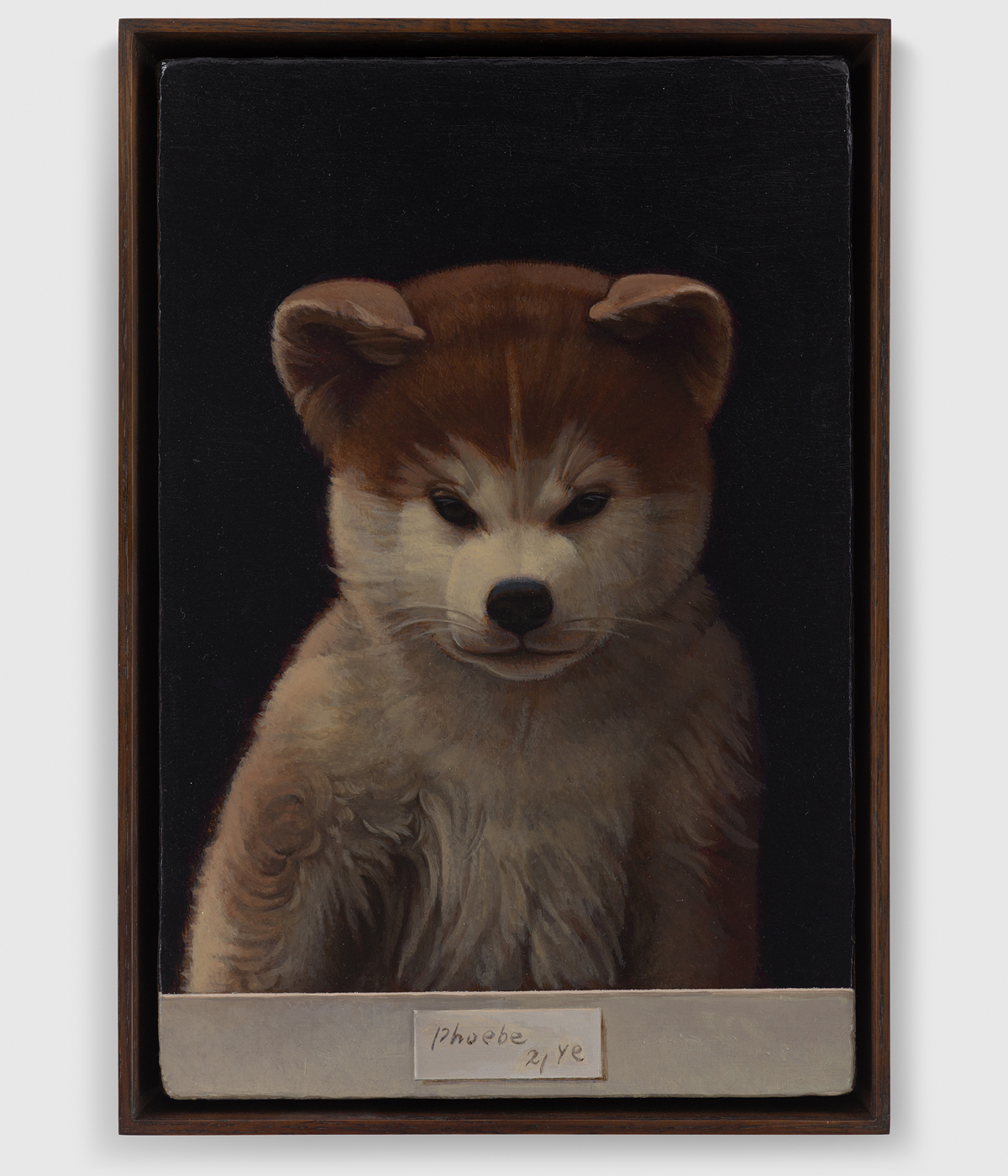
Liu Ye, Phoebe, 2021
W*: It is an eclectic choice of subject, from Nabokov to Miffy. How do you choose the portrait subjects?
LY: I am deeply fascinated by the relevance of my subjects; they hold contextual connections that often do not unfold in an obvious linear manner, but more like lively leaps and, at times, even deceptive twists. Nabokov’s admiration for Carroll (the author of Alice’s Adventures in Wonderland) inspired me to portray Miffy the rabbit, reminiscent of the childhood game of ‘hide and seek’. In contemplation of the limited span of our lives – much like Nabokov’s opening words in Speak, Memory: ‘...our existence is but a brief crack of light between two eternities of darkness…’ – I exercise careful deliberation when selecting subjects for my portrait paintings. Only when his or her presence becomes a recurrent image, profoundly influencing my reality or inner world, do I consider depicting her or him.
W*: Can you talk about references to both Chinese and European references in your work generally, and in these new portraits for the London exhibition?
LY: In creating the portraits of Borges and Nabokov, I began by collecting hundreds of their photographic images, then I started with sketches and slowly refined the one image I envisioned in my mind, and after that, I’d move on to my working process of ‘translation‘.
The inspiration behind the portrait of Su Li-zhen comes from the character of the same name in Wong Kar-wai’s films In the Mood for Love and Days of Being Wild. The character of Su Li-zhen is portrayed by Maggie Cheung in both of these films. Therefore, this series of portraits serves as both a depiction of Maggie Cheung and the character Su Li-zhen.
W*: What is your daily working routine?
LY: I take pleasure in working in natural light, painting while listening to music, watching movies in the evening, reading before bedtime, and maintaining an orderly studio.
‘Naive and Sentimental Painting’ is on show at David Zwirner, London, until 18 November 2023
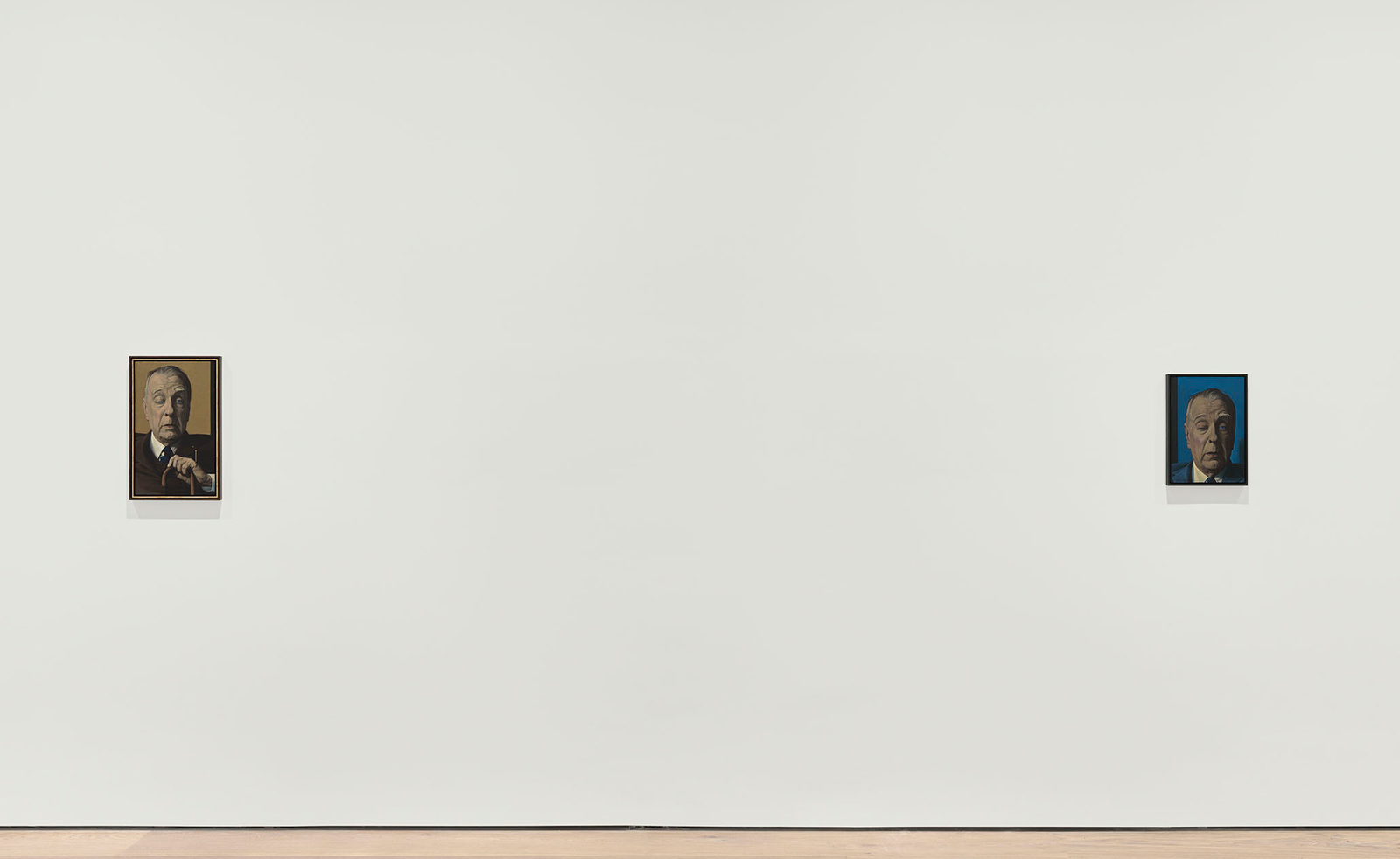
Installation Views: Liu Ye, Naive and Sentimental Painting, David Zwirner, London
Hannah Silver is the Art, Culture, Watches & Jewellery Editor of Wallpaper*. Since joining in 2019, she has overseen offbeat design trends and in-depth profiles, and written extensively across the worlds of culture and luxury. She enjoys meeting artists and designers, viewing exhibitions and conducting interviews on her frequent travels.
-
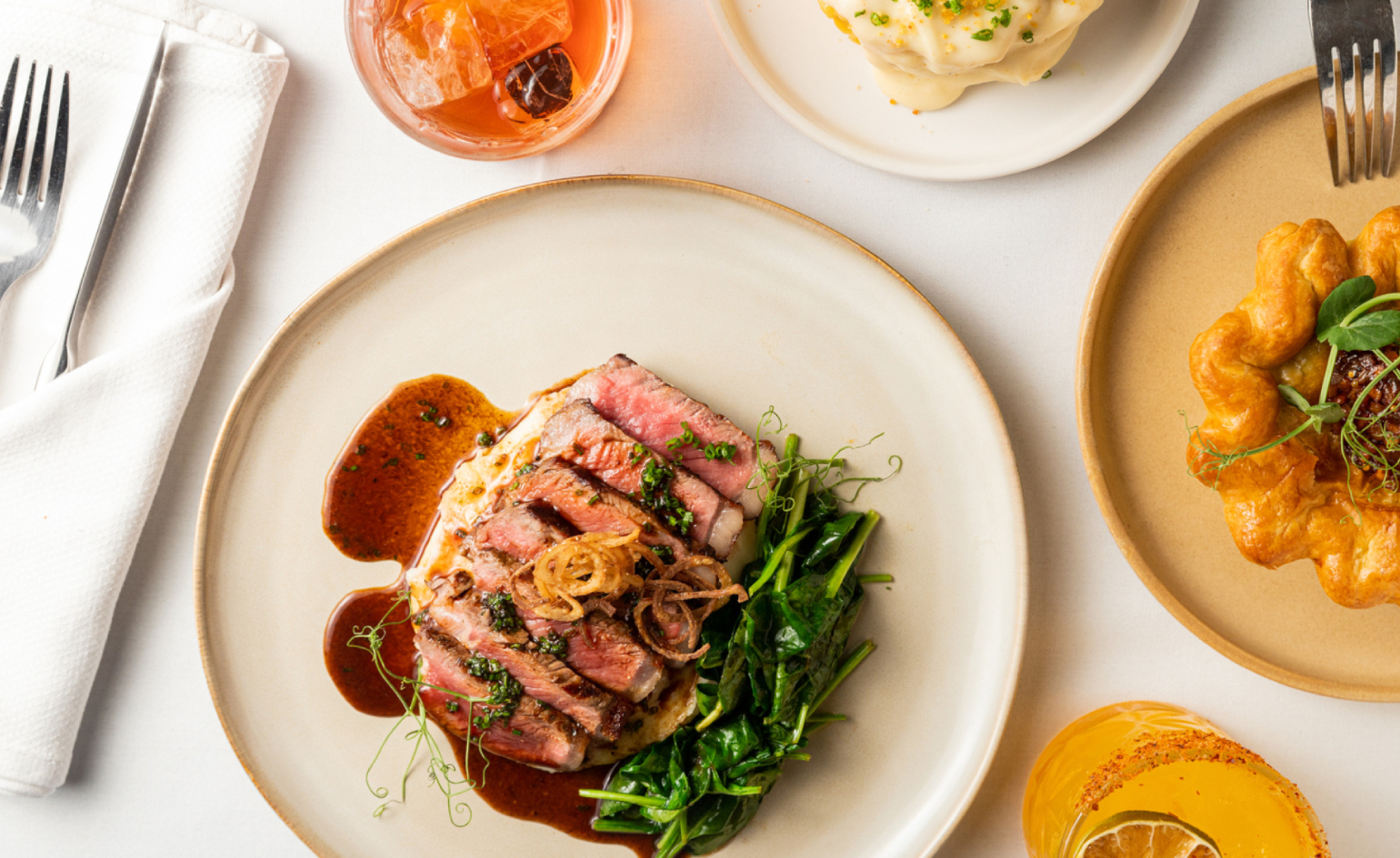 At Linden Los Angeles, classic New York comfort food gets its due
At Linden Los Angeles, classic New York comfort food gets its dueThe restaurant, inspired by a stretch of boulevard bridging Brooklyn and Queens, honors legacy, community and pleasure
By Carole Dixon Published
-
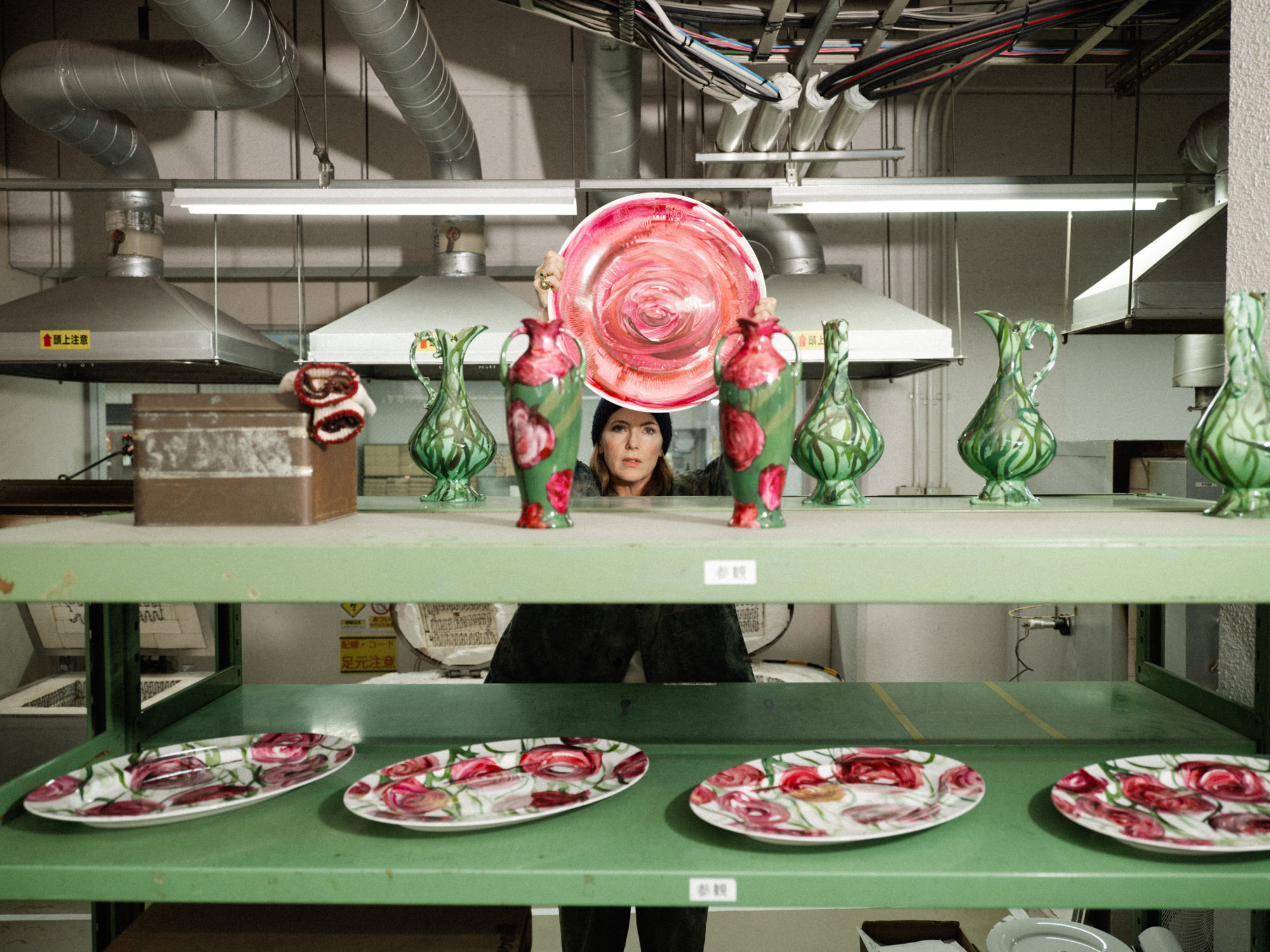 Faye Toogood comes up roses at Milan Design Week 2025
Faye Toogood comes up roses at Milan Design Week 2025Japanese ceramics specialist Noritake’s design collection blossoms with a bold floral series by Faye Toogood
By Danielle Demetriou Published
-
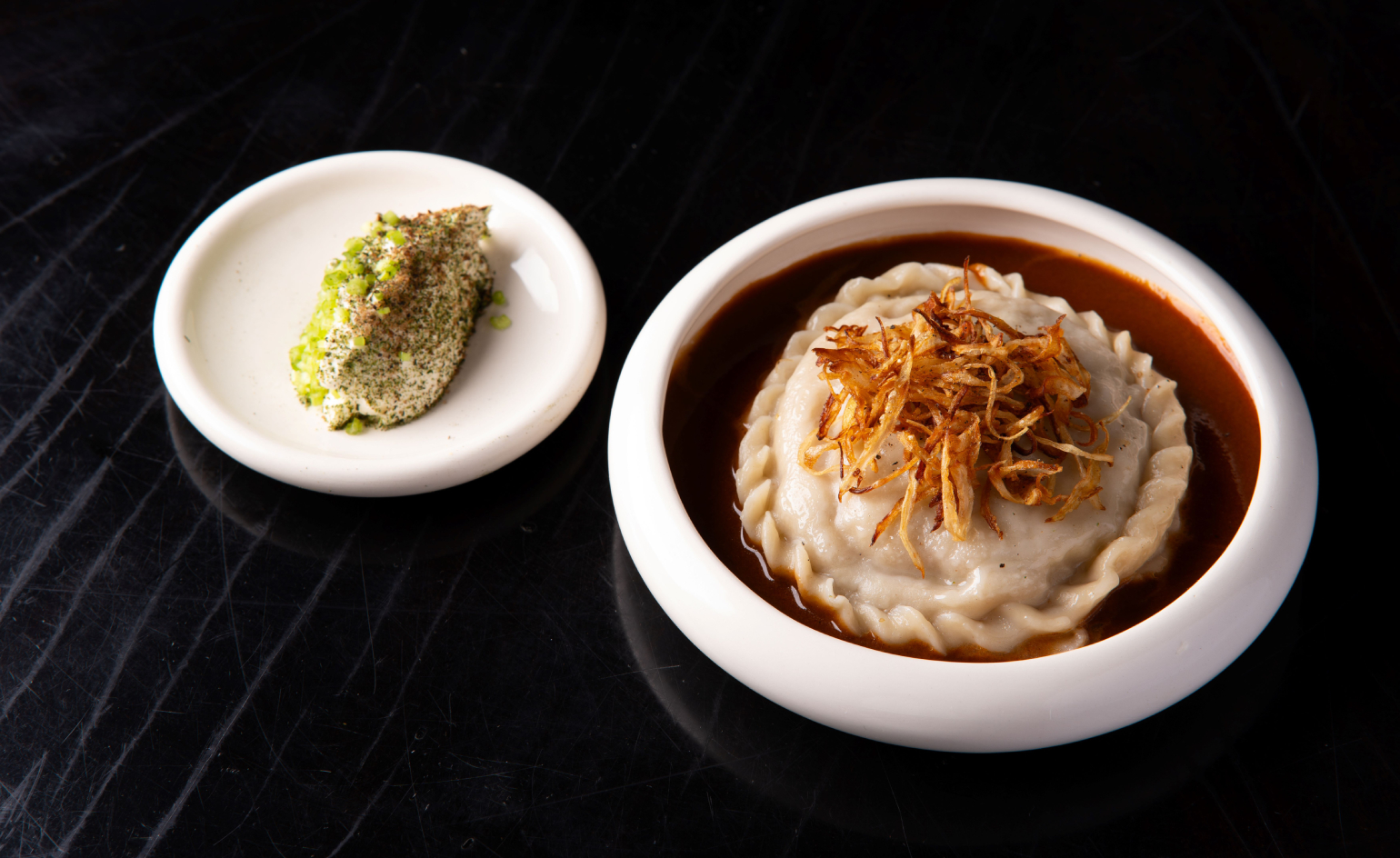 Tatar Bunar puts Ukrainian heritage front and centre
Tatar Bunar puts Ukrainian heritage front and centreFamily recipes and contemporary design merge at this new east London restaurant by Ukrainian restaurateurs Anna Andriienko and Alex Cooper
By Ben McCormack Published
-
 Artist Qualeasha Wood explores the digital glitch to weave stories of the Black female experience
Artist Qualeasha Wood explores the digital glitch to weave stories of the Black female experienceIn ‘Malware’, her new London exhibition at Pippy Houldsworth Gallery, the American artist’s tapestries, tuftings and videos delve into the world of internet malfunction
By Hannah Silver Published
-
 Ed Atkins confronts death at Tate Britain
Ed Atkins confronts death at Tate BritainIn his new London exhibition, the artist prods at the limits of existence through digital and physical works, including a film starring Toby Jones
By Emily Steer Published
-
 Tom Wesselmann’s 'Up Close' and the anatomy of desire
Tom Wesselmann’s 'Up Close' and the anatomy of desireIn a new exhibition currently on show at Almine Rech in London, Tom Wesselmann challenges the limits of figurative painting
By Sam Moore Published
-
 A major Frida Kahlo exhibition is coming to the Tate Modern next year
A major Frida Kahlo exhibition is coming to the Tate Modern next yearTate’s 2026 programme includes 'Frida: The Making of an Icon', which will trace the professional and personal life of countercultural figurehead Frida Kahlo
By Anna Solomon Published
-
 A portrait of the artist: Sotheby’s puts Grayson Perry in the spotlight
A portrait of the artist: Sotheby’s puts Grayson Perry in the spotlightFor more than a decade, photographer Richard Ansett has made Grayson Perry his muse. Now Sotheby’s is staging a selling exhibition of their work
By Hannah Silver Published
-
 Celia Paul's colony of ghostly apparitions haunts Victoria Miro
Celia Paul's colony of ghostly apparitions haunts Victoria MiroEerie and elegiac new London exhibition ‘Celia Paul: Colony of Ghosts’ is on show at Victoria Miro until 17 April
By Hannah Hutchings-Georgiou Published
-
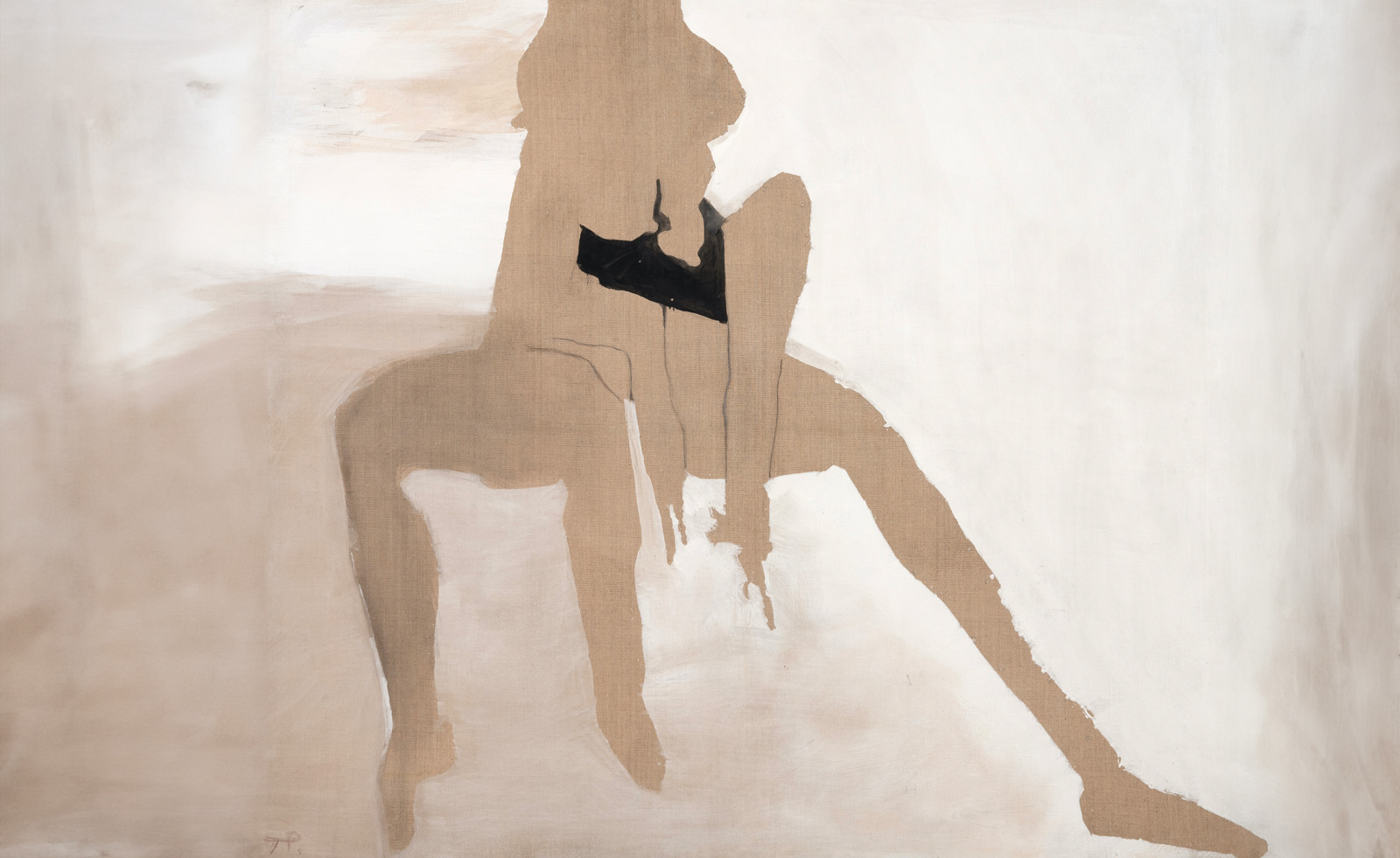 Teresa Pągowska's dreamy interpretations of the female form are in London for the first time
Teresa Pągowska's dreamy interpretations of the female form are in London for the first time‘Shadow Self’ in Thaddaeus Ropac’s 18th-century townhouse gallery in London, presents the first UK solo exhibition of Pągowska’s work
By Sofia Hallström Published
-
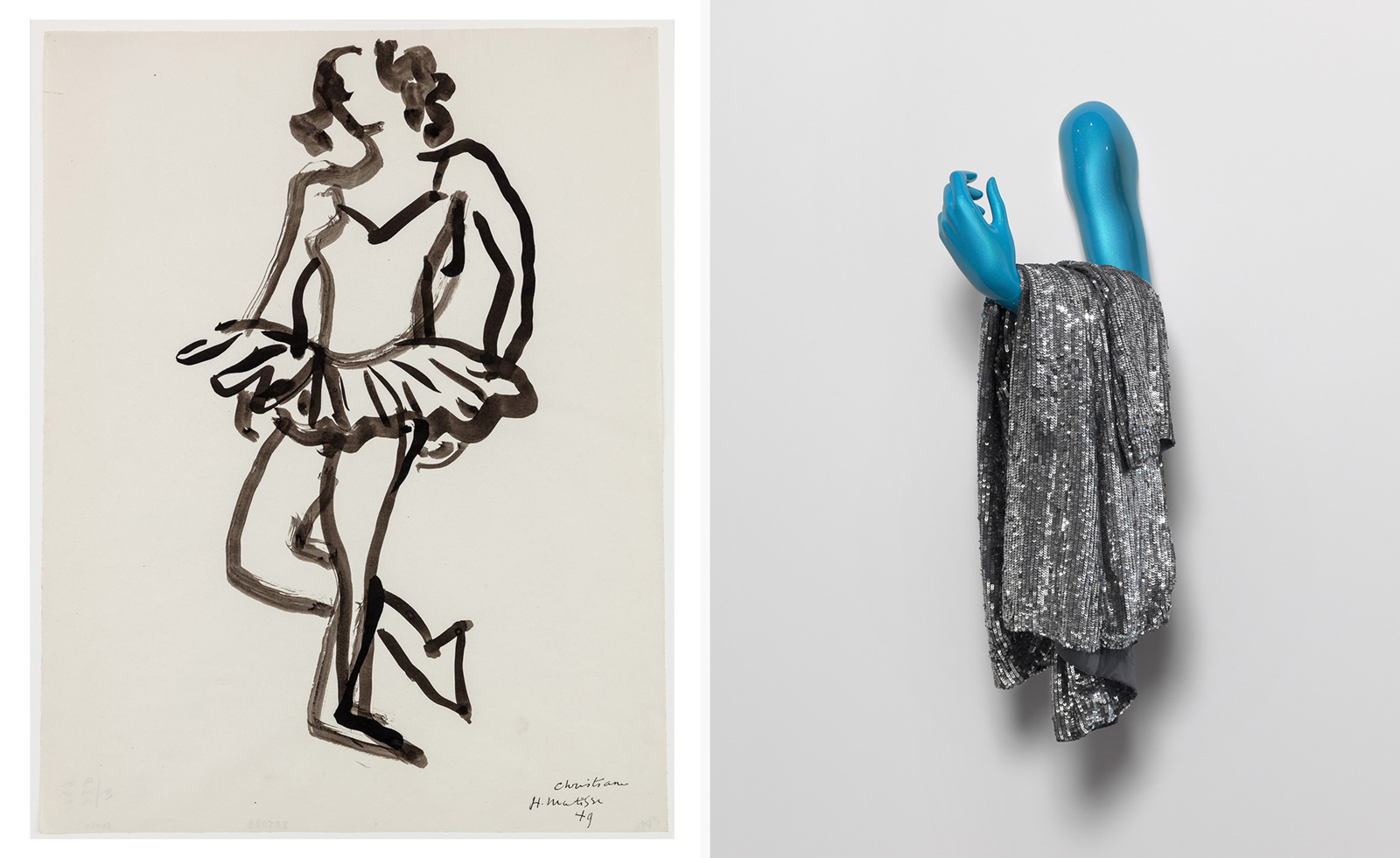 Sylvie Fleury's work in dialogue with Matisse makes for a provocative exploration of the female form
Sylvie Fleury's work in dialogue with Matisse makes for a provocative exploration of the female form'Drawing on Matisse, An Exhibition by Sylvie Fleury’ is on show until 2 May at Luxembourg + Co
By Hannah Silver Published